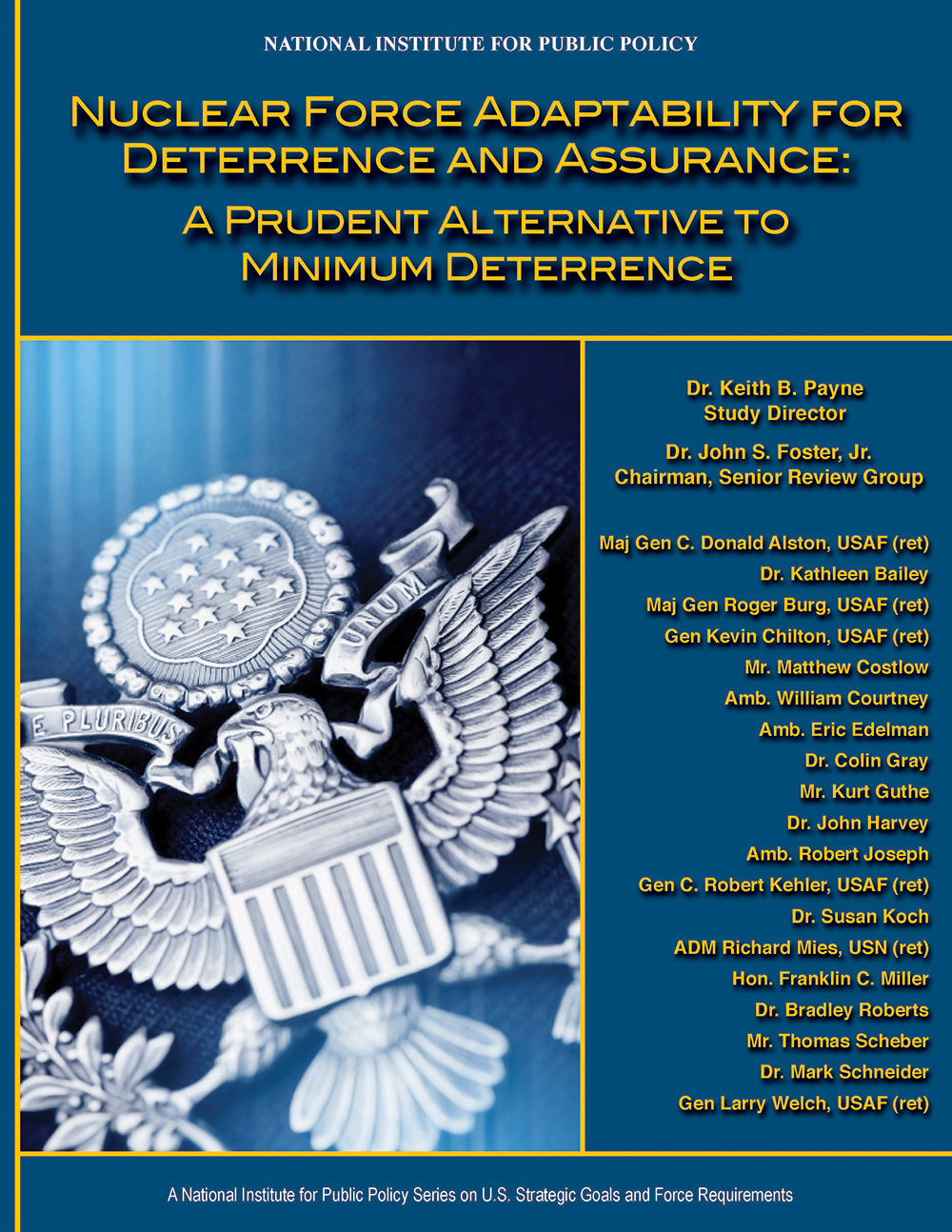

This monograph, Nuclear Force Adaptability for Deterrence and Assurance: A Prudent Alternative to Minimum Deterrence, is the second in a series examining the U.S. goals of deterrence, extended deterrence and the assurance of allies, and how to think about the corresponding U.S. standards of adequacy for measuring “how much is enough?” It begins to address the question, “If not Minimum Deterrence, then what?” by examining the manifest character of the contemporary threat environment in which the United States must pursue its strategic goals of deterring foes and assuring allies. Fortunately, there is considerable available evidence regarding the character of the contemporary threat environment and its general directions. Noted historians have compared this threat environment not to the bipolar Cold War, but to the highly dynamic threat environments leading to World War I and World War II. The uncertainties involved are daunting given the great diversity of hostile and potentially hostile states and non-state actors, leaderships, goals, perceptions, and forces that could be involved. From that starting point, this study identifies general U.S. force posture qualities that are likely to enable the United States to deter and assure as effectively as possible, and should, therefore, help serve as useful guidelines for the U.S. nuclear force posture. Finally, this study links specific recommendations for possible actions and policies consistent with those guidelines.